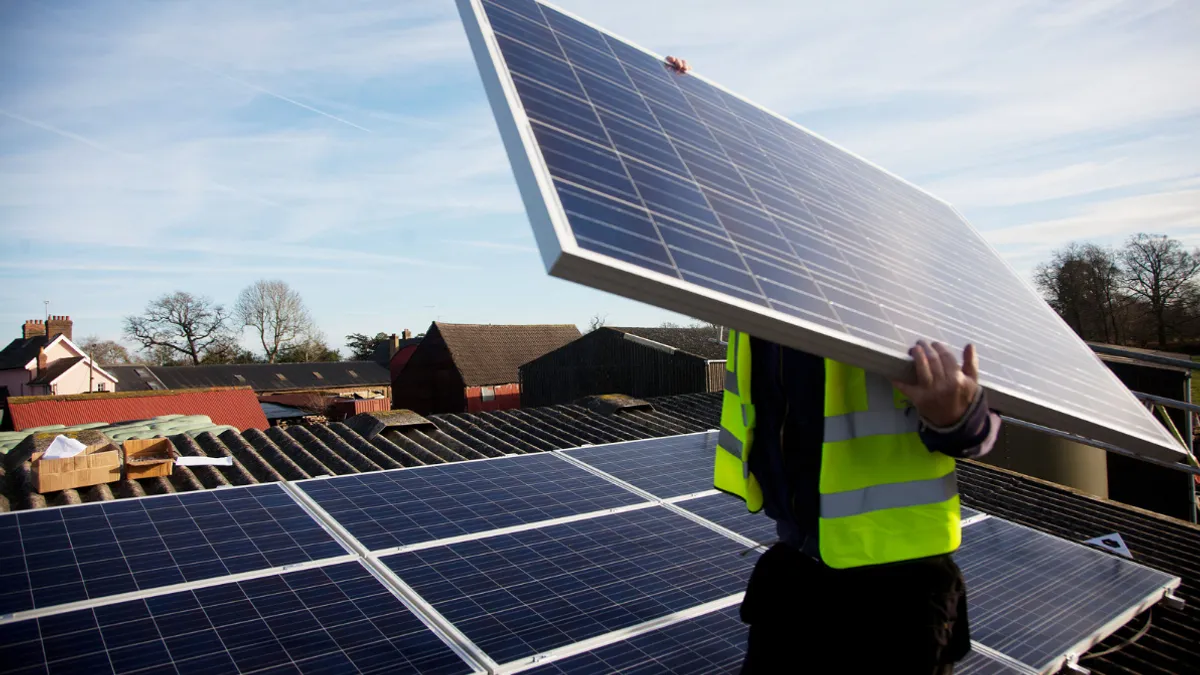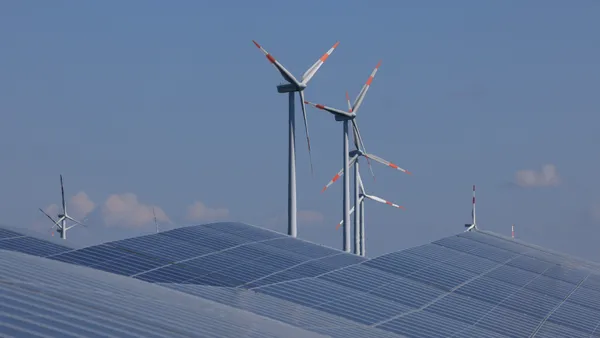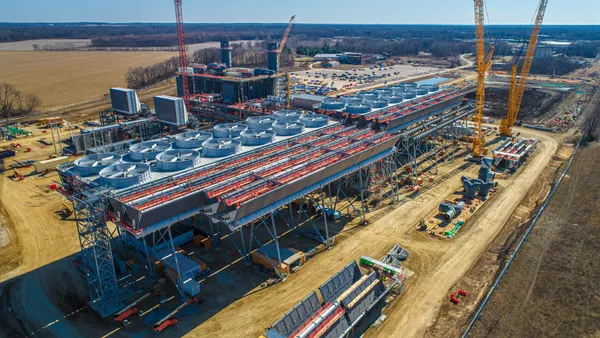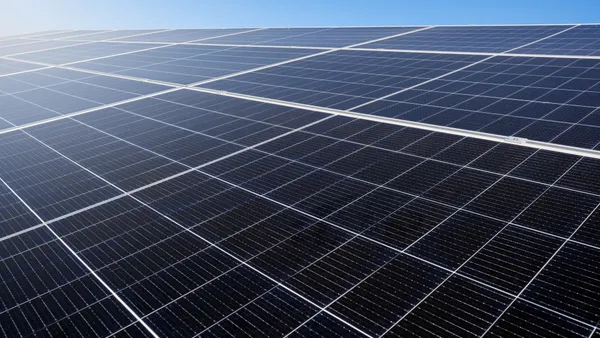Dive Brief:
- Idaho Power published a customer-sited generation study on June 30, advancing the regulatory process to propose new net metering rules.
- The study will be examined in a formal review process by the Idaho Public Utility Commission, and if the PUC determines the analysis was “credible and fair,” the company will have a basis for proposing program changes to its distributed service offerings.
- Sierra Club called Idaho Power’s effort “disingenuous,” alleging that the study failed to include the cost of avoided carbon emissions, therefore supporting a lower rate for energy that would be exported from customers with rooftop generation.
Dive Insight:
Investor-owned utilities are carrying out efforts across the country to negotiate a system through which customers with distributed resources will be compensated fairly for exporting energy to the grid, without shifting costs onto other customers.
Idaho Power’s previous attempt to change solar rates – and effectively end the net metering program – was blocked by regulators, who affirmed in 2020 that the utility would need a comprehensive cost-benefit analysis of on-site generation.
At the end of May, Idaho Power had approximately 118 MW of total nameplate capacity behind the meter, from over 12,000 active and pending requests to connect distributed resources to the grid, including rooftop solar and commercial and industrial distributed generation.
Idaho Power’s report shows that the accumulated excess energy in 2021 would cost non-solar customers $290,116, if that energy was exported into the grid, while the customers holding the energy credits would earn $548,675.
"Idaho Power's analysis implies that it intends to slash the export credit (compensation rate) to solar owners by more than 60%," said Lisa Young, director of the Idaho Chapter of the Sierra Club, which would be “devastating to the solar industry in Idaho,” and other stakeholders.
The company maintains in testimony filed with regulators that the results of the study do not include their recommendations, and it does not intend to put forth recommendations until the study review process is complete, so that the utility may consider other comments on customer generation service offerings, according to Grant Anderson, regulatory consultant for Idaho Power.
“The work is thorough and specific to the benefits and costs of distributed energy generation resources on Idaho Power’s grid,” Jordan Rodriguez, Idaho Power spokesperson, said in an email.
The study presents various implementation considerations to inform a potential successor service offering to net metering. It also presents multiple methods to value excess energy from distributed resources, differing from the current retail energy rates. The company has not made official recommendations, but anticipates that, as part of the process, it will be recommending changes to the rate structure for residential, small general service and commercial and industrial distributed resource customers.
Some environmentalists said that the company committed in December to including environmental and public health benefits in the analysis, but gave very little space in the study for the “avoided environmental costs” section. Idaho Power’s report says it does not include “non-quantifiable or speculative values” in its assessment.
“We feel that Idaho Power was disingenuous in agreeing to quantify the environmental, public health, and local economic benefits of individual-owned solar–and then not doing so,” said Young. “By not including any of these critical metrics in its study, its proposed export credit rates are far lower than they should be, and it disregards the very real and measurable contributions of solar owners in our communities in reducing pollution and creating green jobs."
In the study, Idaho Power wrote that it “is not subject to a Carbon Tax and cannot monetize those emission reductions.”
Through the study, Idaho Power highlighted potential changes in the compensation structure and the measurement interval of compensation, including hourly and real-time intervals.
“By continuing to apply the existing rate design against the usage of customer-generators with exporting systems, the Company will continue to under-collect the cost to provide service from these customers,” Anderson said.
The study demonstrates that Idaho Power has the technical ability to reduce the interval measurement for onsite generation exports, “improving the accuracy of cost assignment and compensation” for those customers, Anderson said.
Idaho regulators mandated that the study include stakeholder input, and the utility received input from Clean Energy Opportunities for Idaho, a renewables interest group, from its informal feedback request, according to Rodriguez. In a webinar held this spring, Idaho Power received comments from Clean Energy Opportunities on the need for time-of-use rate design considerations.
“However, the Commission stated that new rate designs are outside the scope of this Study,” Anderson said in testimony, adding that the study used both a flat and time-variant export credit rate.
Editor’s Note: This story has been updated to include comments from Idaho Power.















